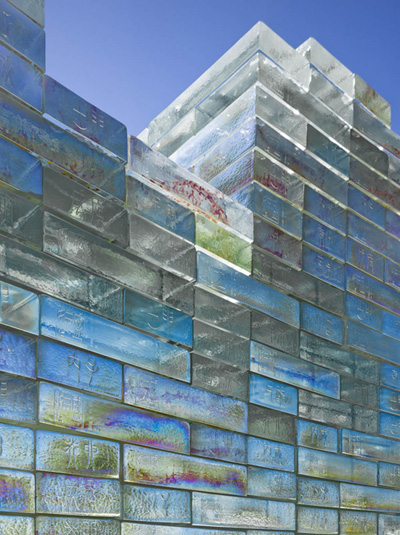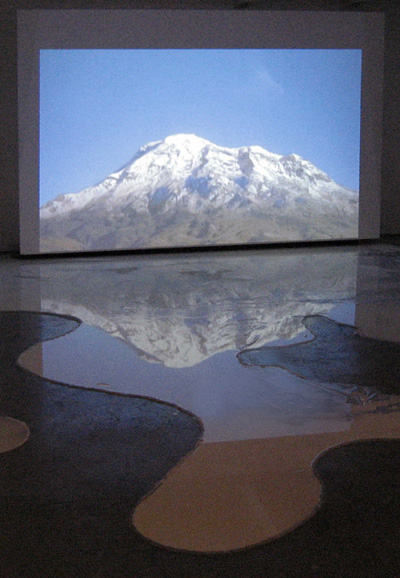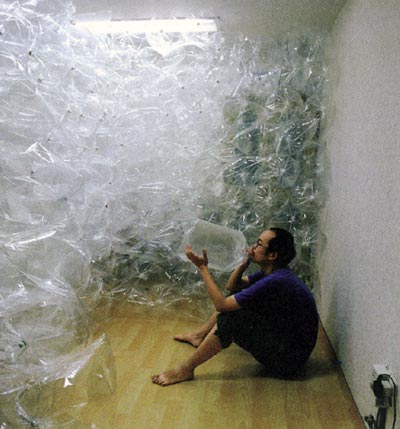KEEP UP WITH OUR DAILY AND WEEKLY NEWSLETTERS
PRODUCT LIBRARY
with behemoth installations, scandinavia's largest exhibition of anish kapoor's works opens at ARKEN museum.
connections: +390
we're getting ready for the pre-opening launching today until friday, with public access scheduled for the 20th.
connections: 12
designboom speaks with french artist JR about la nascita, his new monumental rock installation just outside milan central station.
the 'poet of iron', as dubbed by his colleagues, passed away at his home in orient, new york, after a battle with pneumonia.
connections: +110
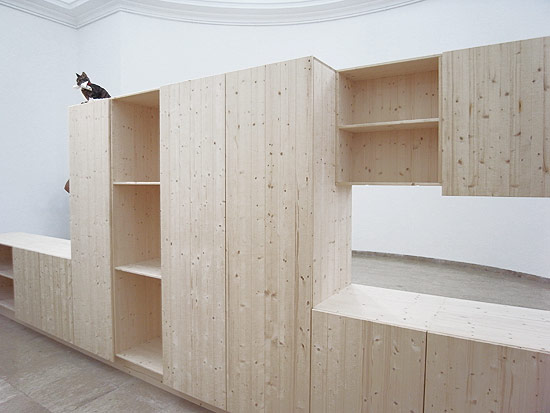
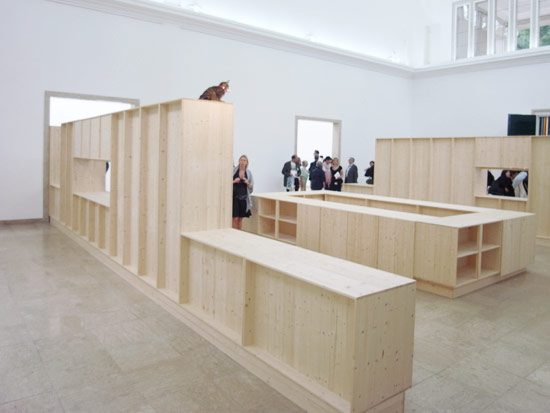 the ‘kitchen’ stands in the main room image © designboom
the ‘kitchen’ stands in the main room image © designboom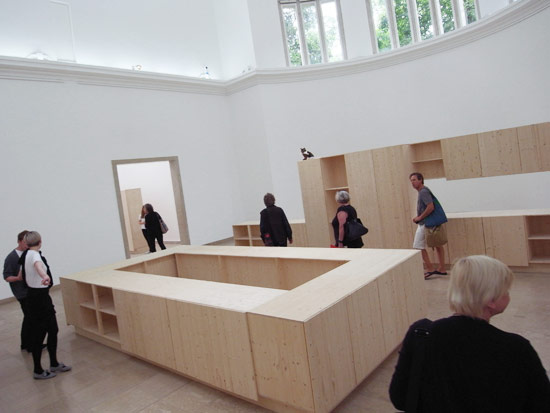 the large island which sits in the middle of the ‘kitchen’ image © designboom
the large island which sits in the middle of the ‘kitchen’ image © designboom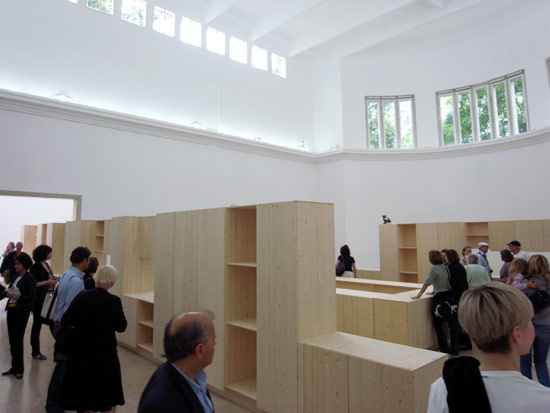 image © designboom
image © designboom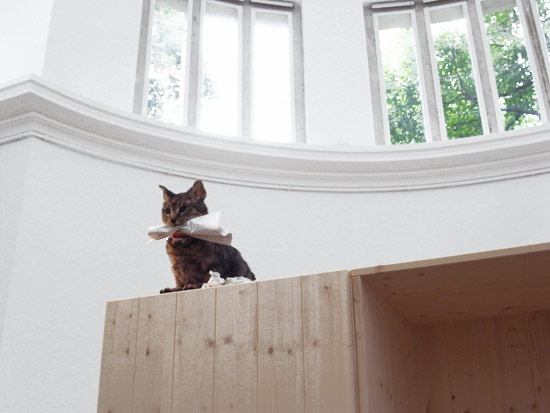 the ‘kitchen cat’ image © designboom
the ‘kitchen cat’ image © designboom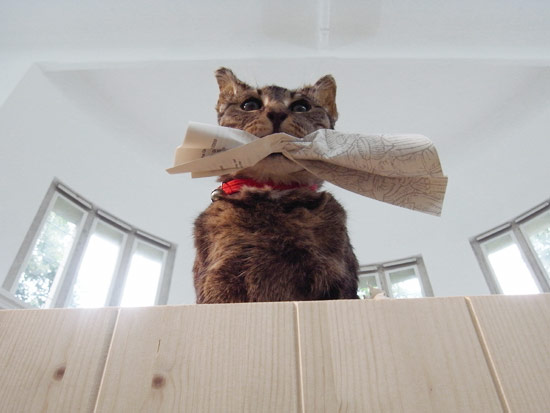 the ‘kitchen cat’ sits above one of the cabinets in the kitchen image © designboom
the ‘kitchen cat’ sits above one of the cabinets in the kitchen image © designboom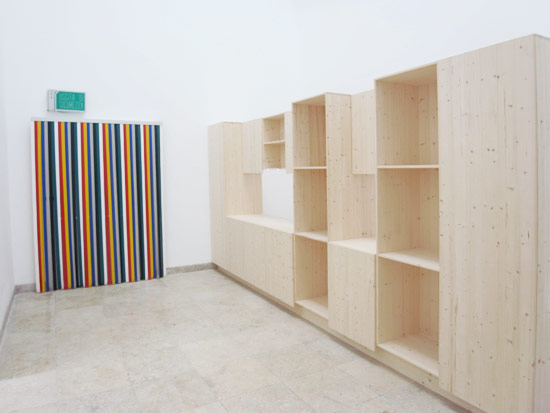 colors of red, yellow, green, blue, black and white mask the openings to the pavilion’s exteriorimage © designboom
colors of red, yellow, green, blue, black and white mask the openings to the pavilion’s exteriorimage © designboom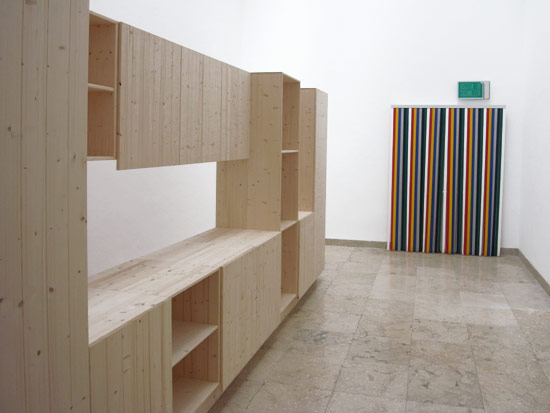 image © designboom
image © designboom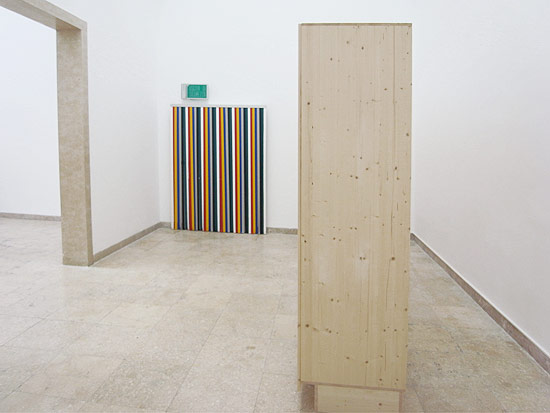 image © designboom
image © designboom image © designboom
image © designboom the pine cabinets puncture the doorways of the pavilion that lead into the side rooms image © designboom
the pine cabinets puncture the doorways of the pavilion that lead into the side rooms image © designboom the pine cabinets seem quite expansive leading visitors into the other rooms of the pavilion image © designboom
the pine cabinets seem quite expansive leading visitors into the other rooms of the pavilion image © designboom image © designboom
image © designboom the arrangement of the cabinets dividing the interior space image © designboom
the arrangement of the cabinets dividing the interior space image © designboom cabinets standing in the middle of the room, usually an unlikely place in a home image © designboom
cabinets standing in the middle of the room, usually an unlikely place in a home image © designboom image © designboom
image © designboom the backs of the cabinets which would normally stand against the wall, are exposed image © designboom
the backs of the cabinets which would normally stand against the wall, are exposed image © designboom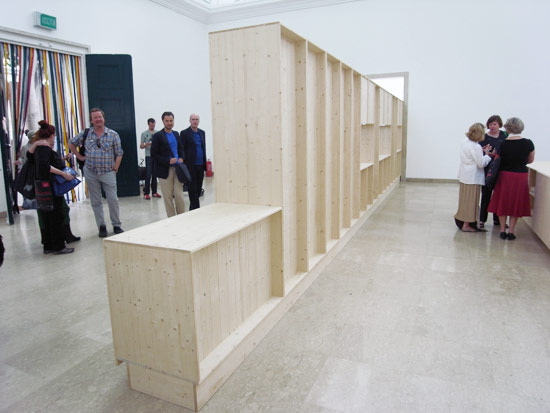 image © designboom
image © designboom image © designboom
image © designboom image © designboom
image © designboom artist liam gillick portrait © designboom
artist liam gillick portrait © designboom curator of the german pavilion, nicolaus schafhausen portrait © designboom
curator of the german pavilion, nicolaus schafhausen portrait © designboom

